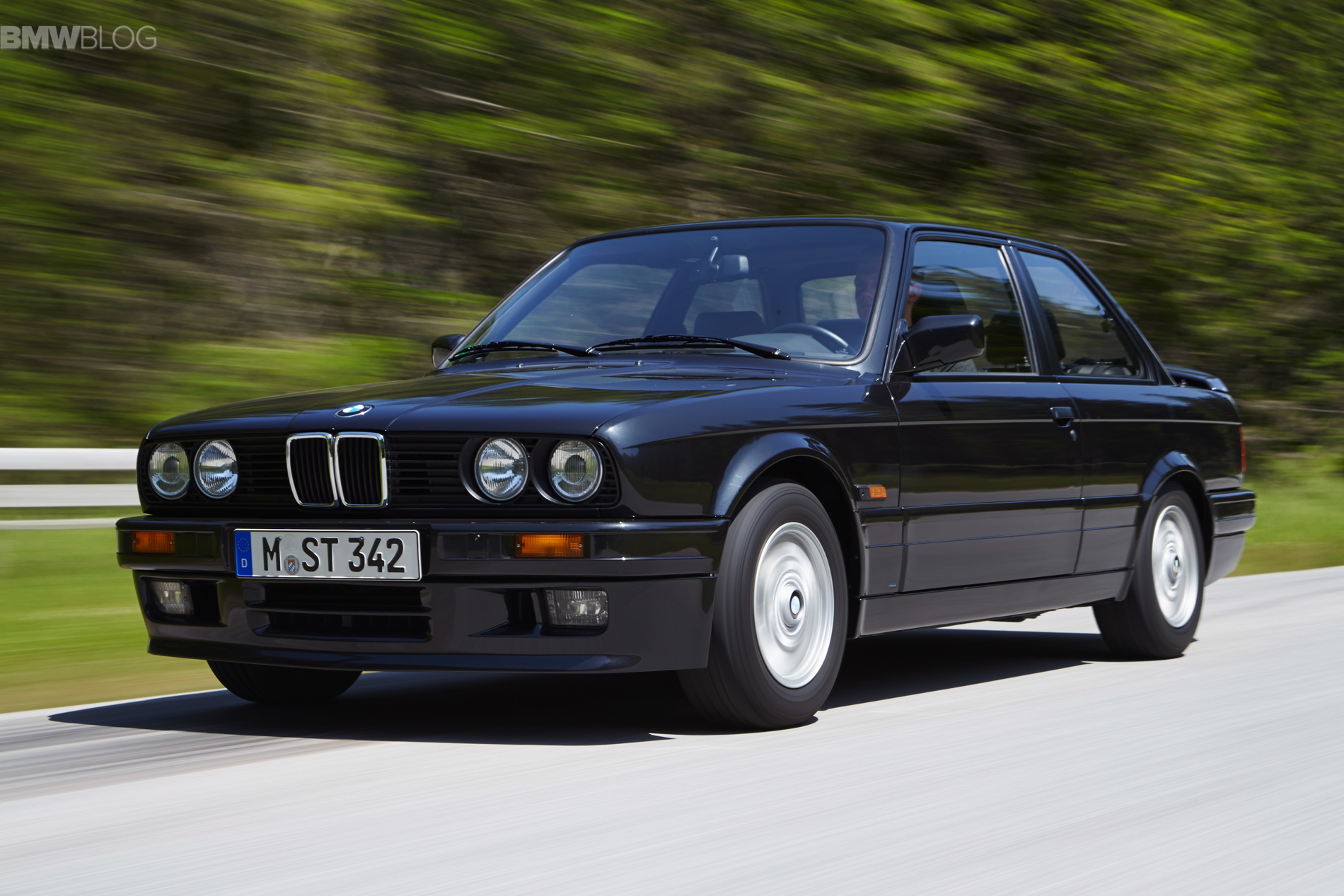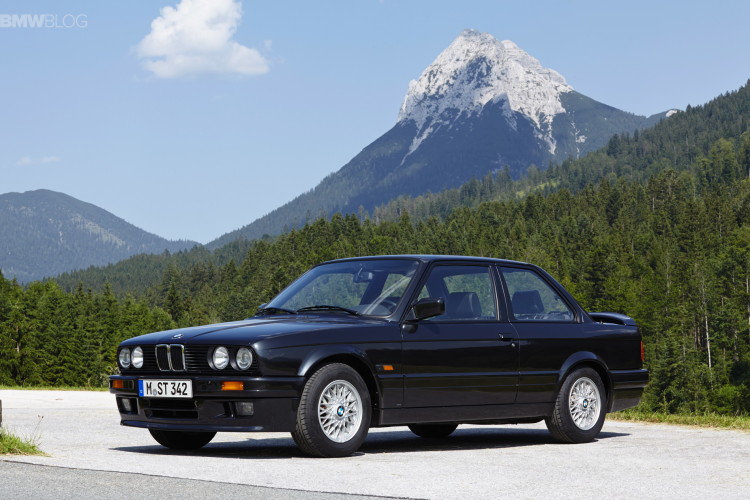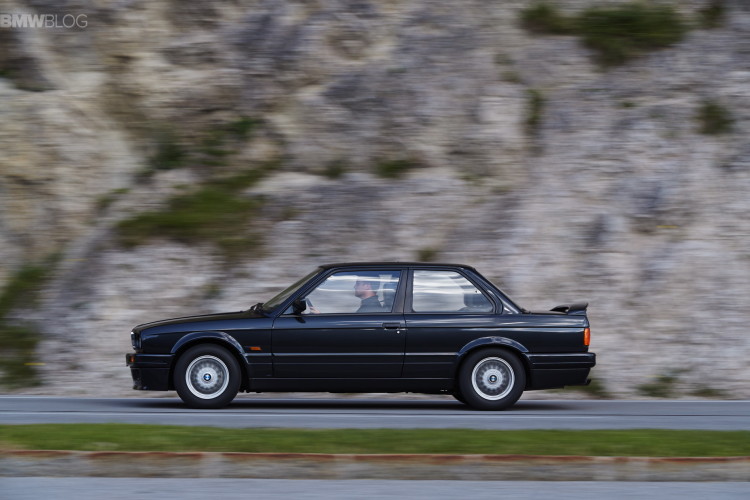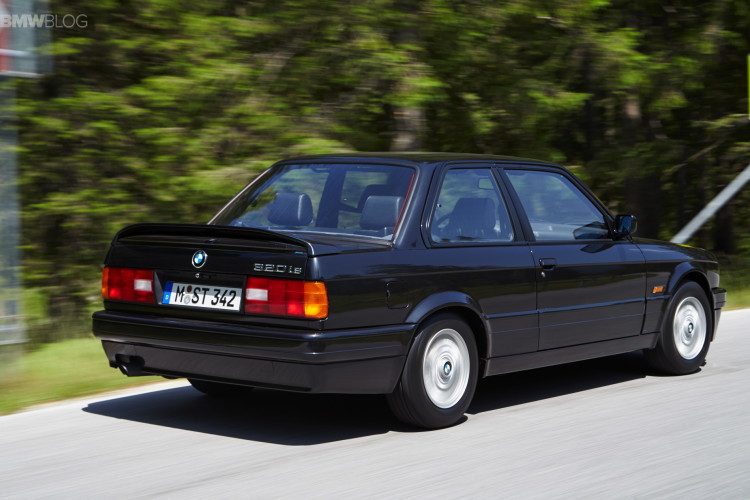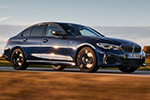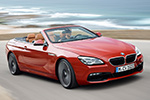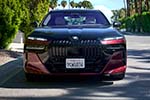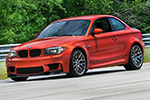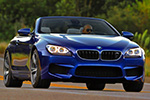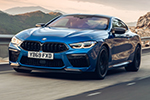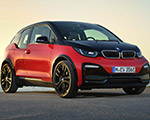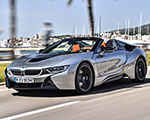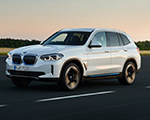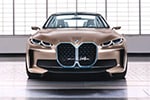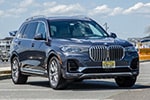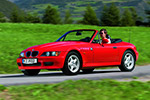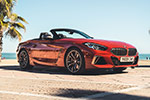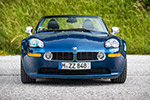This year, BMW is celebrating the 50th anniversary of the 3 Series, and we at BMWBLOG are reviewing the model’s history. Last time, we looked at the first-generation 3 Series (E21), which replaced the 02 Series and enabled BMW to tackle the auto industry’s safety, environmental, and fuel crises of the 1970s and 1980s.
This time, we are reviewing its successor, the E30 3 Series. Remember that while BMW sold over 1.3 million units of the E21 with an 80 percent customer satisfaction rate, the E30 was the model that really established the unique identity of the 3 Series and substantially broadened its base.
Admittedly, this was largely because the E30 had more configurations than its predecessor. Indeed, it was the first 3 Series to be available as a 4-door sedan or estate and the high-performance M3. In addition, it was the first to include all-wheel drive and a diesel engine. Besides, the E30 platform was even used for the Z1 Roadster, which evoked memories of the iconic post-war BMW 507 and had a limited production of 8,000 units.
Building on the E21 – Its Design and Performance
Just as the E21’s styling was an evolution of the 02 Series, the E30 built on the design framework established by its predecessor. This meant the exterior was sporty and somewhat utilitarian, while the interior had a driver-focused cockpit. The overall aesthetics were still more refined than those of the E21, but it was nothing too drastic.
That said, performance-wise, the E30 was clearly superior to the E21, thanks to an improved chassis and a more varied powertrain lineup. The range started with four-cylinder options, but the higher-end models got the updated six-cylinder M20 engine that we saw in the E21.
As far as specs were concerned, in the E30 323i, the M20 generated 148 horsepower and 151 pound-feet of torque, and in the 325i, it produced 168 horsepower and 164 pound-feet of torque. These figures were not exactly groundbreaking, but for reference, the E21 323i produced 143 horsepower and 140 pound-feet of torque and went from 0 to 60 mph in 9 seconds.
In any case, as aforementioned, the E30’s range eventually topped out with the even more potent M3.
The First-generation M3—A Touring Car Icon Rivaling the Ferrari F40?
The E30 M3 was developed for homologation purposes and it enjoyed considerable success in Germany’s DTM racing series. The vehicle was based on the two-door 3 Series and powered by the inline-four S14 engine. The base model produced 192 horsepower, whereas limited-edition models such as the M3 Sport Evolution generated up to 238 horsepower. The 0 to 60 mph time was around 6.7 seconds.
Notably, the first-generation M3 was remarkable enough that it was named one of Automobile Magazine’s 25 Greatest Cars of All Time: Driver’s Cars and we have previously maintained it was as iconic a sports car of the 1980s as the Ferrari F40.
Plus, since it had a total production run of nearly 18,000 units, it is quite popular among collectors too. For instance, in 2020, an E30 M3 sold for $250,000 at a Bring-A-Trailer auction. That is more than the MSRP of a Porsche 911 Turbo ($197,200) or even the 911 GT3 RS ($222,500).
Of course, those who wish to own the second-gen 3 Series without spending that much money could go for the lower variants. At the end of the day, BMW manufactured 2.34 million units of the E30 between 1982 and 1994, thus, supply is not restricted, and frankly, most E30 models would be memorable to drive and a fascinating addition to any enthusiast’s garage.


